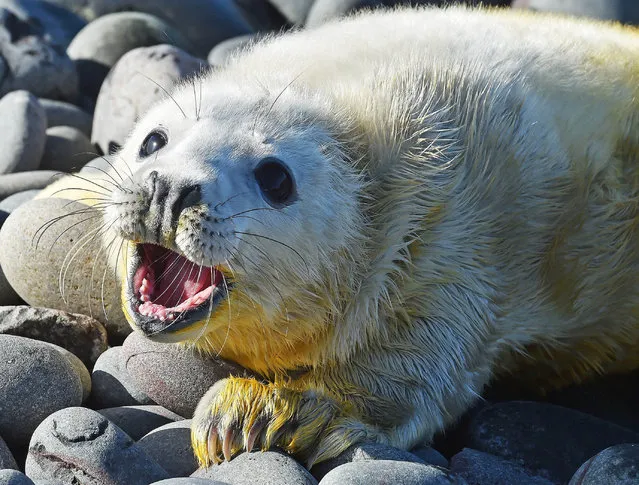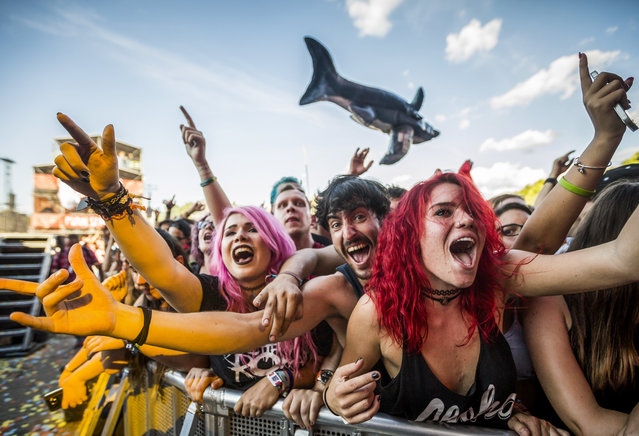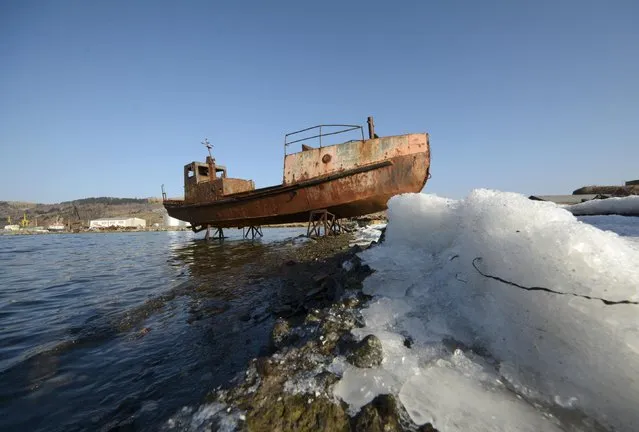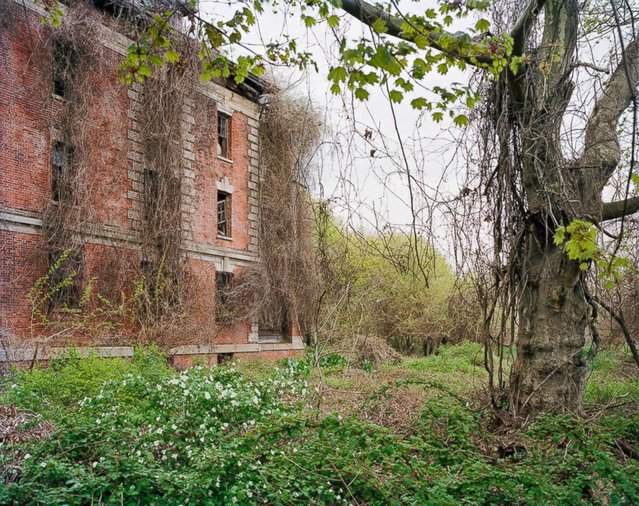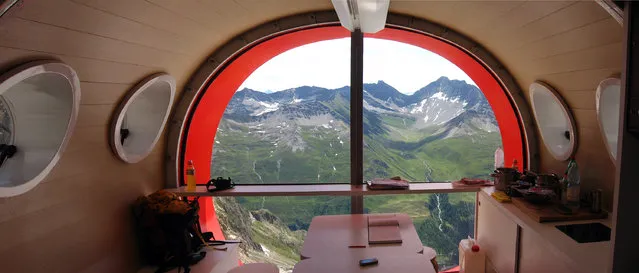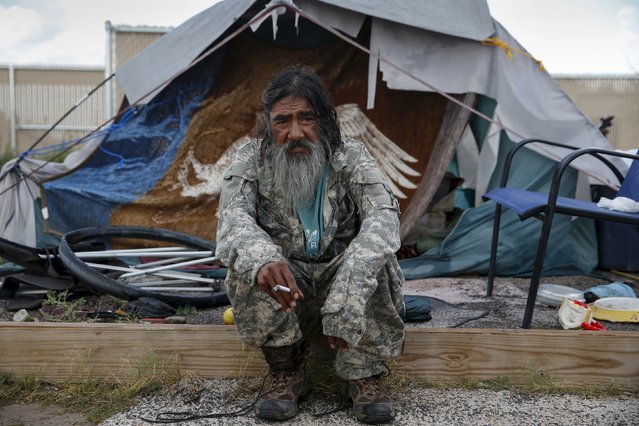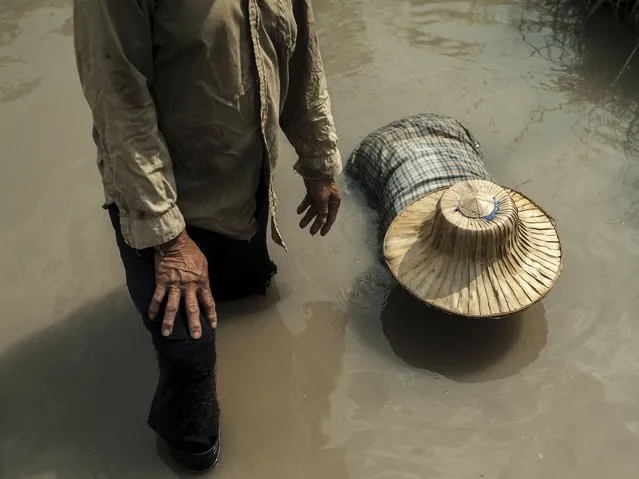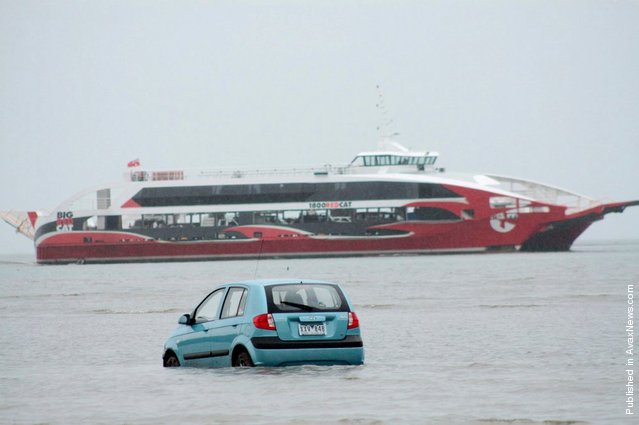
Three Japanese tourists had to abandon plans to drive to Stradbroke Island off the Queensland coast when their hire car became bogged in mangrove mud, on March 15, 2012 near Stradbroke Island, Australia. (Photo by Chris McCormack/Fairfax Media).
19 Mar 2012 12:08:00,post received
0 comments

